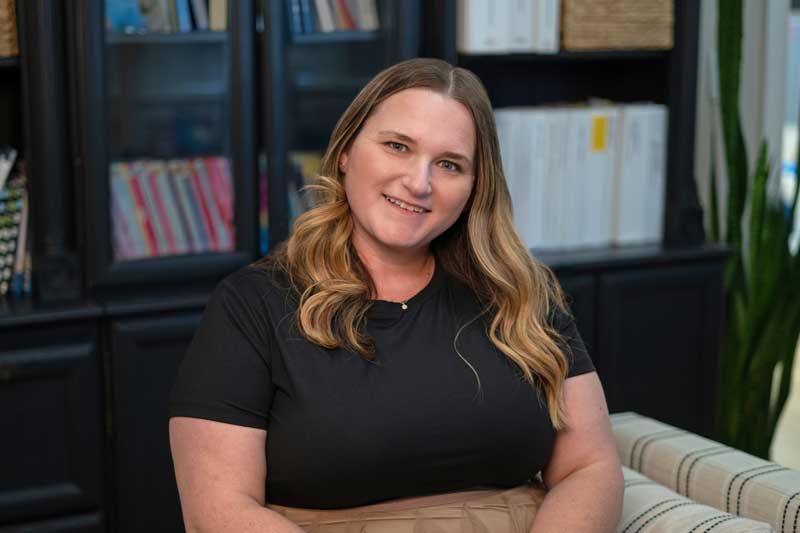When it comes to special education, parents often hear a lot of confusing terms. One of the most important is LRE, or Least Restrictive Environment. But what does it really mean for your child? Let’s break it down in simple, parent-friendly terms so you can feel confident advocating for your child.
What is LRE?
Least Restrictive Environment (LRE) means your child should learn in a classroom with students without disabilities as much as possible. The goal is to ensure your child has the same opportunities as their peers while still receiving the support they need to succeed.
Every child is unique, so LRE isn’t one-size-fits-all—it’s about finding the right balance of inclusion and support that works best for your child.
Why does LRE matter?
At its core, LRE is about inclusion and belonging. Children with disabilities benefit from learning alongside their peers, not just academically but also socially and emotionally.
- They build friendships and practice important social skills.
- Other children learn empathy, acceptance, and the value of diversity.
- They feel part of the school community rather than set apart.
For parents, LRE helps ensure your child isn’t unnecessarily separated from regular classrooms. It’s about believing in their potential and giving them the chance to shine.
How Is LRE Decided?
Decisions about Least Restrictive Access are made by your child’s IEP team (Individualized Education Program team). This includes you, your child’s teachers, and school staff. Together, you’ll consider:
- What’s best for everyone — ensuring success for your child and their classmates.
- Their ability to participate in a regular classroom with proper supports.
- Your child’s strengths and needs — what helps them thrive?
The IEP team always starts by looking at the regular classroom and only considers more restrictive settings if absolutely necessary.
Common Myths About LRE
What Parents Can Do
“LRE is the same for every child.”
Not true! LRE is personalized. What works for one child may not be right for another.
“LRE is only about academics.”
LRE is also about social and emotional growth. Feeling supported is just as important as learning math or reading.
“LRE means no extra help.”
Wrong again. Your child can still receive supports like one-on-one assistance, extra time, or special tools while in the regular classroom.
- Know Your Rights – Your child has the right to be educated with peers to the greatest extent possible. This is protected by law.
- Be Involved – Your voice matters in IEP meetings. You know your child best.
- Ask About Supports – Don’t just ask where your child will learn, ask how they’ll be supported.
- Monitor Progress – Make sure the placement is helping your child grow. If not, you can revisit the plan.
- Build Partnerships – A strong relationship with teachers and school staff creates better outcomes for your child.
The Bottom Line
LRE ensures your child is included, supported, and given the chance to thrive. It’s about valuing their potential and creating opportunities for them to succeed both academically and socially.
At Elevate Advocate, we’re here to walk beside you in this journey. If you need help understanding LRE or navigating IEP meetings, reach out today—we’ll advocate with you every step of the way.
What does Least Restrictive Environment (LRE) mean?
The Least Restrictive Environment (LRE) means children with disabilities should learn alongside peers without disabilities as much as possible. Schools must provide supports and services that allow inclusion before considering more restrictive settings.
Who decides my child’s LRE placement?
Your child’s IEP team, which includes you, their teachers, and school staff, decides the placement. The team must always start with the general education classroom and only move to a more restrictive setting if necessary for your child’s success.
Is LRE the same for every child?
No. Least Restrictive Access is personalized to each child’s needs. What works for one student may not work for another. The goal is to balance support with opportunities for inclusion.
Can my child still get help in the general education classroom?
Yes. LRE does not mean “no support.” Your child can receive accommodations like extra time, one-on-one assistance, specialized tools, or modified assignments while staying in a regular classroom.
Why is LRE important?
LRE ensures your child has equal access to academics, friendships, and school community life. Inclusion promotes growth in both learning and social-emotional skills, while also helping peers without disabilities learn empathy and understanding.
